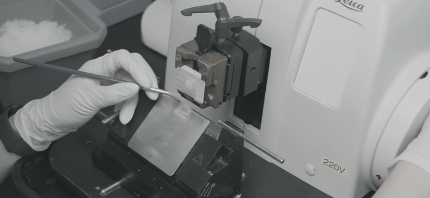A recent study published on Nature Scientific reports highlights a promising advance in the treatment of supratentorial deep intracerebral hemorrhage – one of the deadliest forms of stroke. Researchers tested a new guidewire-assisted endoscopic sleeve designed to make minimally invasive hematoma evacuation safer, faster, and more precise.
The study followed 168 patients treated between 2019 and 2023, comparing two surgical methods: a traditional small bone-window craniotomy under microscopy and a new technique using a custom-made drainage tube and guidewire to guide the endoscopic sleeve into the hematoma. Both groups were similar in their baseline characteristics, allowing for a fair comparison.

image: freepik
The results were striking. Patients treated with the new endoscopic sleeve experienced shorter surgeries, less blood loss, and smaller postoperative residual hematoma volumes – leading to higher overall clearance rates. Neurological recovery was also better: GCS and Rankin scores at discharge, as well as 3-month GOS scores, showed meaningful improvement compared with the conventional approach. Complication rates, such as infection or postoperative epilepsy, remained similar between groups.
What makes this technique stand out is its ability to reduce collateral damage during insertion and minimize bleeding within the endoscopic channel. By improving accuracy and reducing trauma, the self-made sleeve may represent an important step forward in minimally invasive neurosurgery for deep-seated hemorrhage.
For clinicians and researchers, this innovative approach underscores how simple procedural refinements – guided by practical engineering – can have a significant impact on patient outcomes.
Research article: Application of self-made new endoscopic sleeve guided by wire drainage tube in minimally invasive operation of supratentorial deep brain hematoma
Lambda Biologics’ Oncology Solutions: Patient-derived cancer organoid-based drug evaluation service
Gastric Cancer Organoid | Breast Cancer Organoid | Hepatocarcinoma Cancer Organoid | Pancreatic Cancer Organoid



